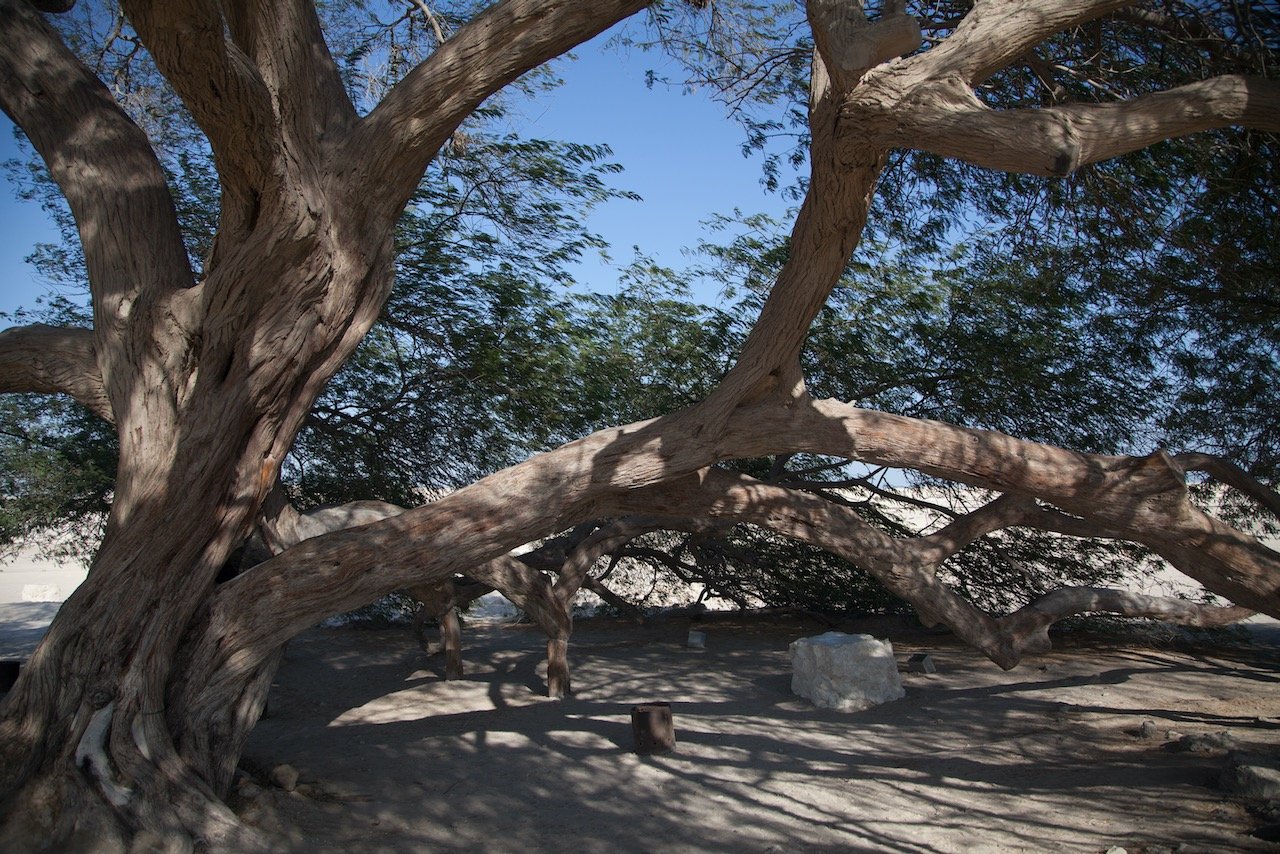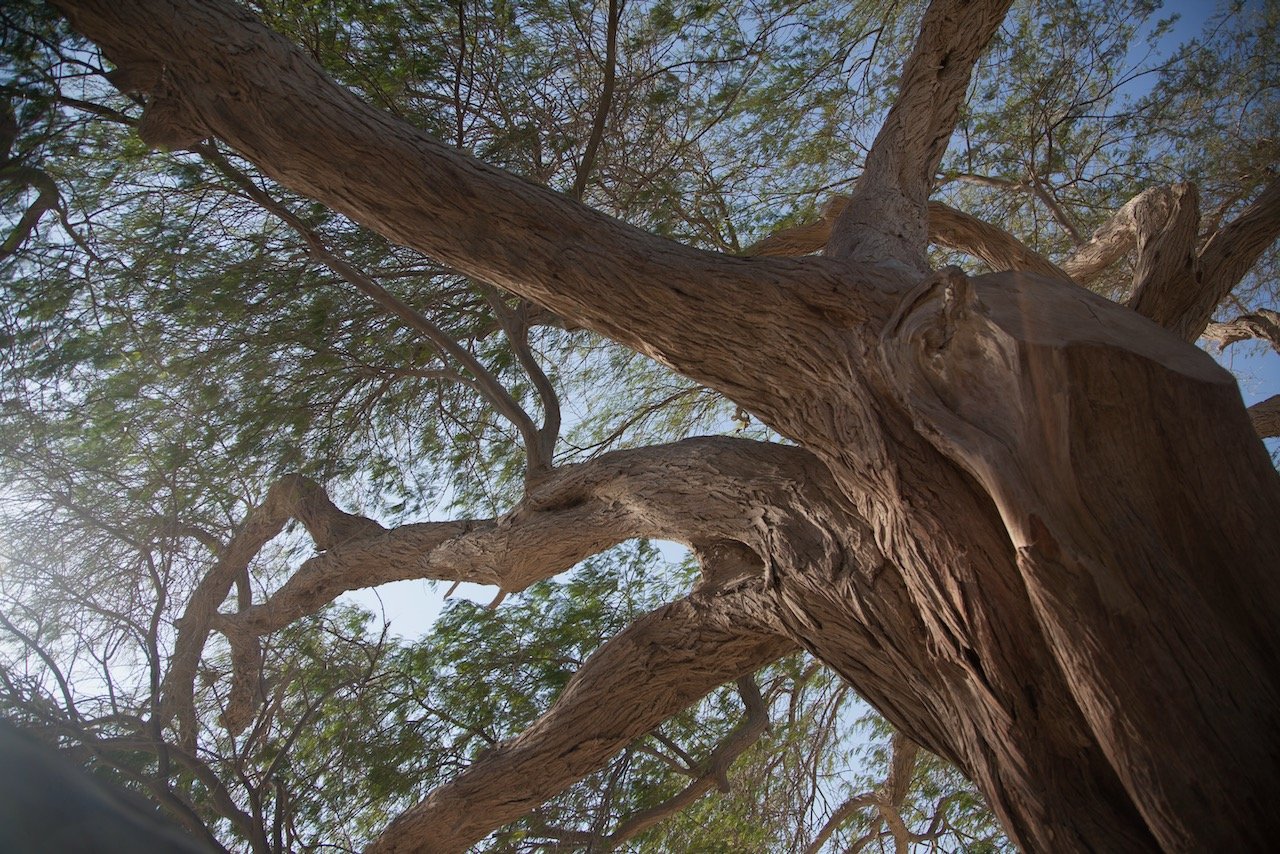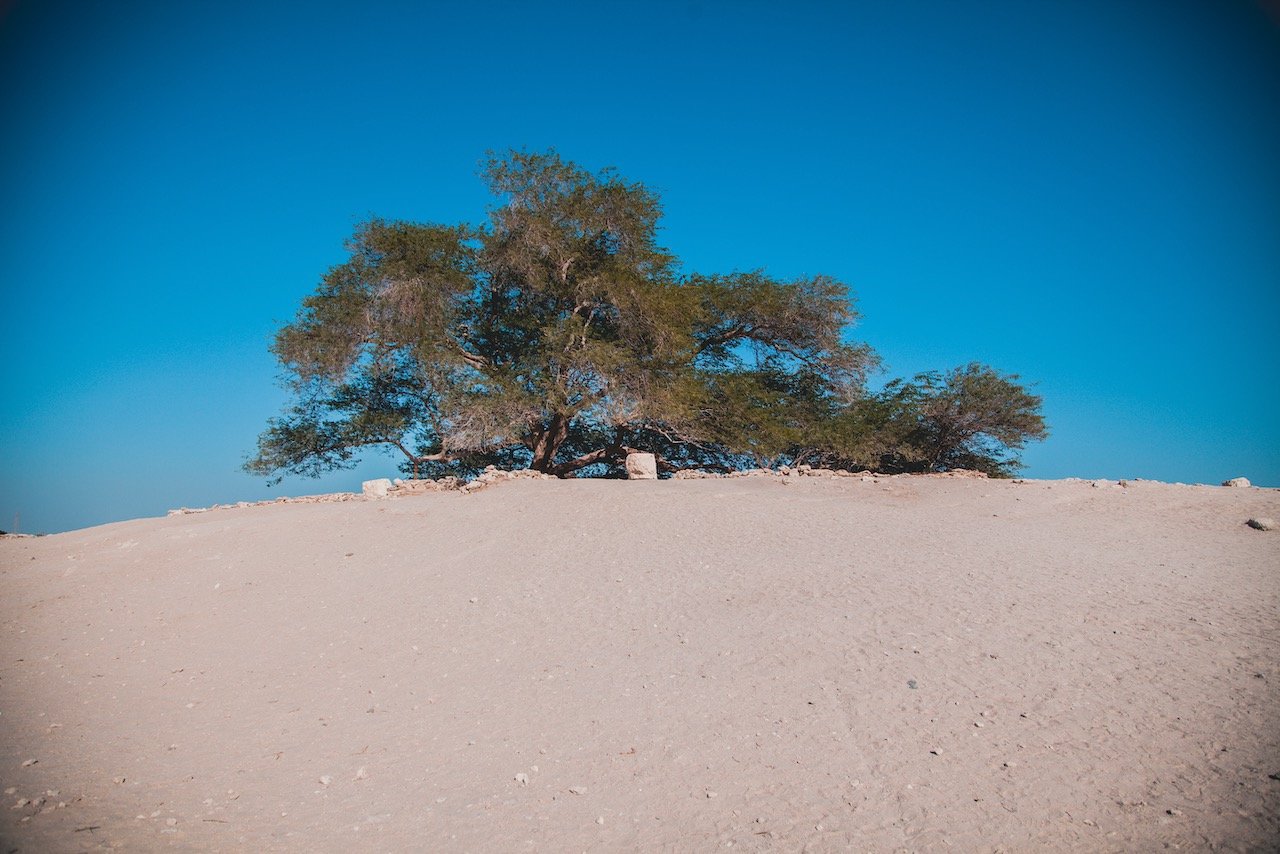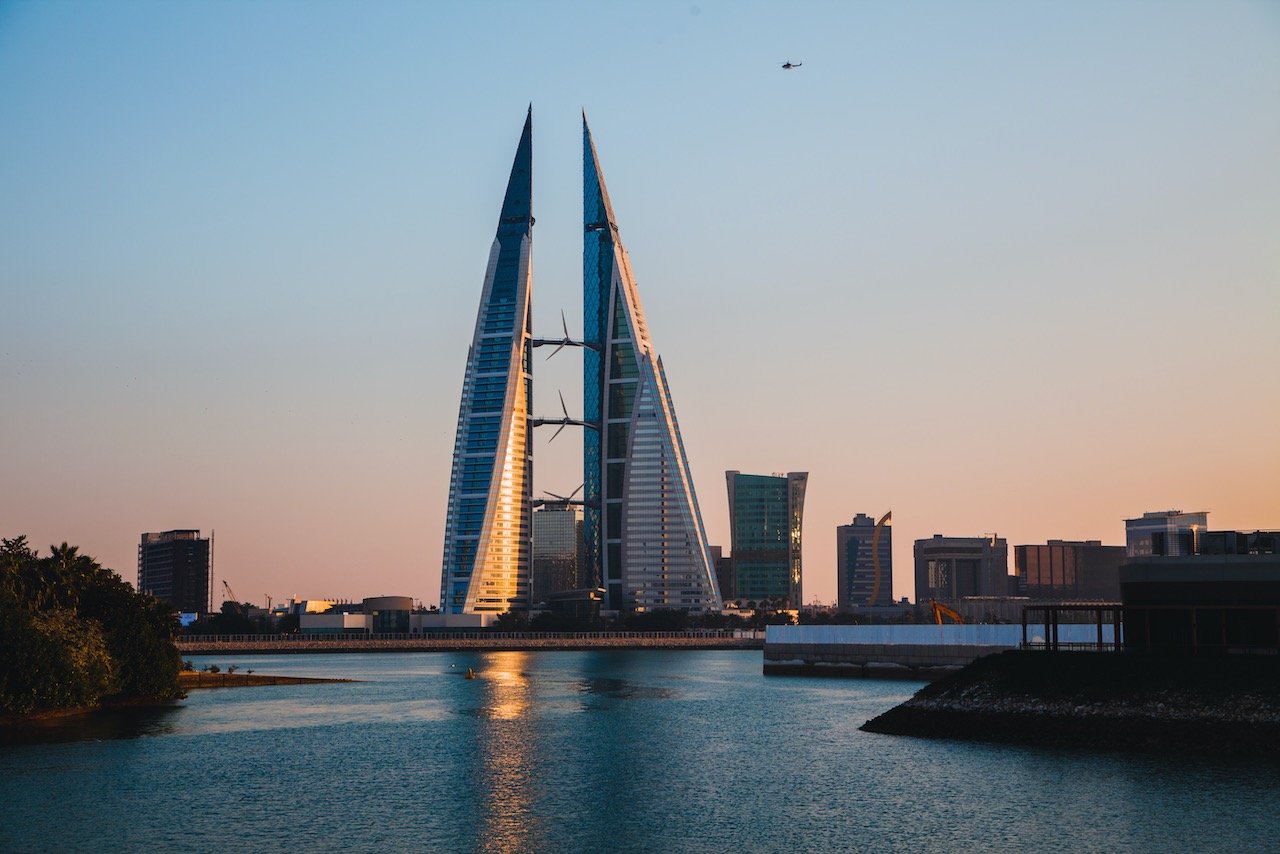A tour through the Kingdom of Bahrain
(Some links in this post are affiliate links. If you click through and take action, I'll be compensated.) If you are also interested in any PRINTS from any of my posts, be sure to check out my store where you can buy prints as posters, in metal/wooden frames or on canvas.
The Kingdom of Bahrain is a country more known for its holiday style living, as opposed to an oil-producing nation. It is situated in the Persian Gulf off the East Coast of Saudi Arabia and is an archipelago composed of 50 natural and 33 man-made islands.
After being under British control through the 1800s and early 20th century, Bahrain declared its independence in 1971 and is currently classified as an Islamic Constitutional Monarchy. The country has not escaped controversy lately though as the government has been accused of human rights violations.
The country still remains popular however due to its central location in the Middle East, its ‘openness’ to Western tourists, and more liberal stance with regards to alcohol.
My time in Bahrain was accidental; I was invited to a wedding in Saudi Arabia and had planned to fly into Bahrain before traveling into Saudi by car, since a flight there was cheaper. Since I had to take a COVID PCR test before going into Saudi Arabia, I had to wait for the results from the Bahraini authorities before heading East.
Therefore, we had some free time in the Kingdom and these are some of the places we saw…
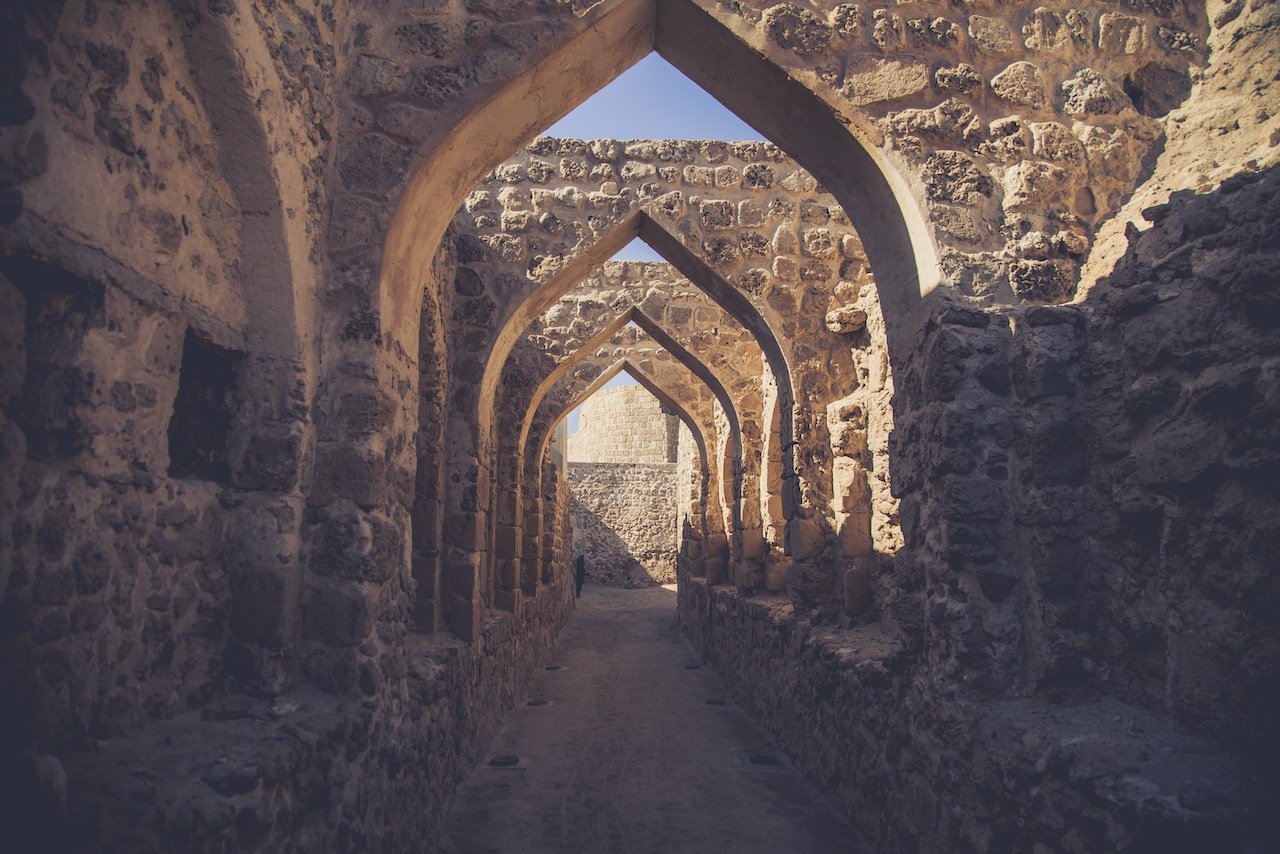



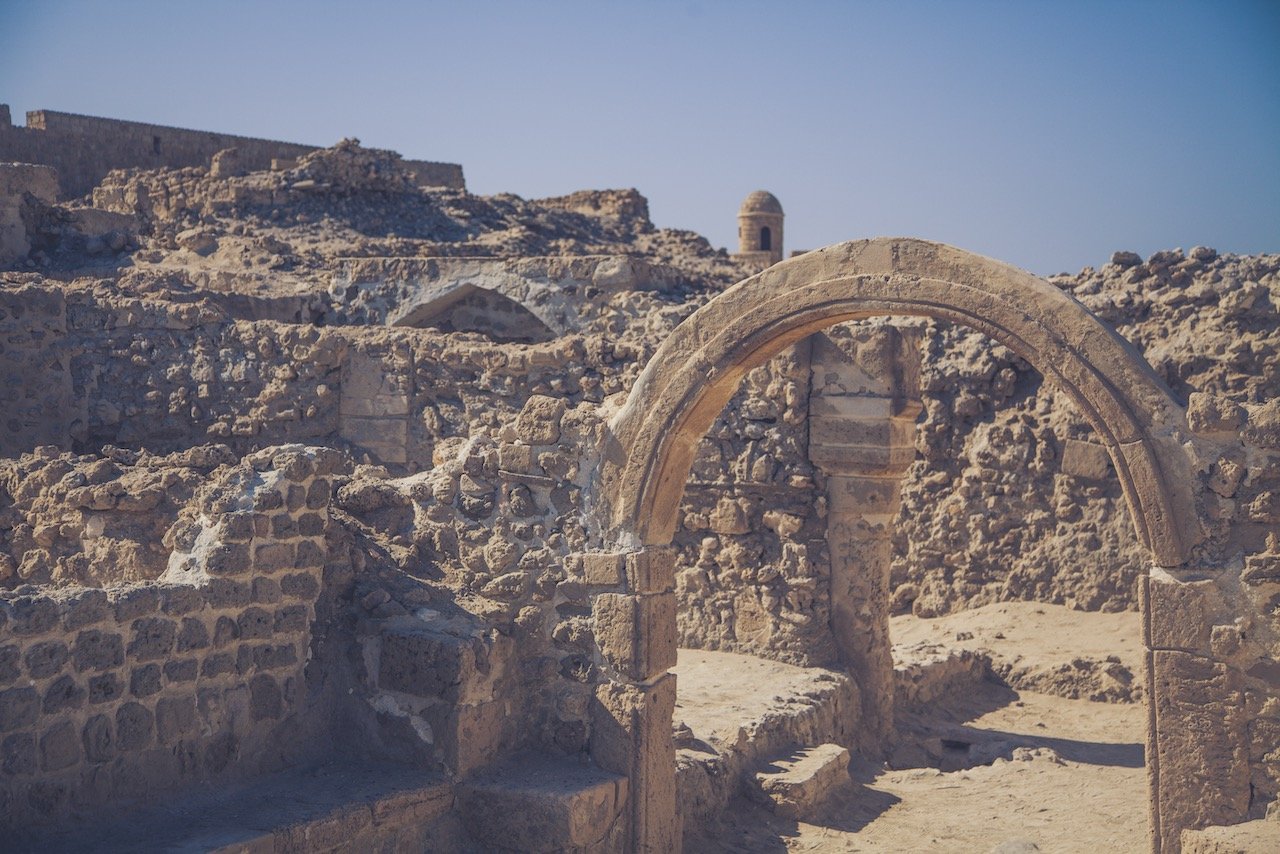
Qal'at 'Arad or Bahrain Fort or Arad Fort is located near Bahrain’s International airport and was built in the 15th century AD. The fort is square shaped and contains circular towers in each corner and also features ditches around its perimeter that could be filled with water to effectively function as a moat during war time.
As one of Bahrain’s most fortified defense structures, the fort was constructed in line with other Islamic forts at the time. Primarily used as a defensive castle, it was sieged and subsequently taken over by the Portuguese in the 16th century. The brief Omani occupation of Bahrain in 1800 saw it change hands as well. Luckily, efforts to restore the fort to its authenticity were carried out from 1984 to 1987.
The fort is open to visitors for a small fee and not all passages are open, however there are many small alleys and chambers that you can explore on your own. I was not expecting to see such an authentic piece of history in a modernized country like Bahrain, but am glad I was able to experience this piece of construction.
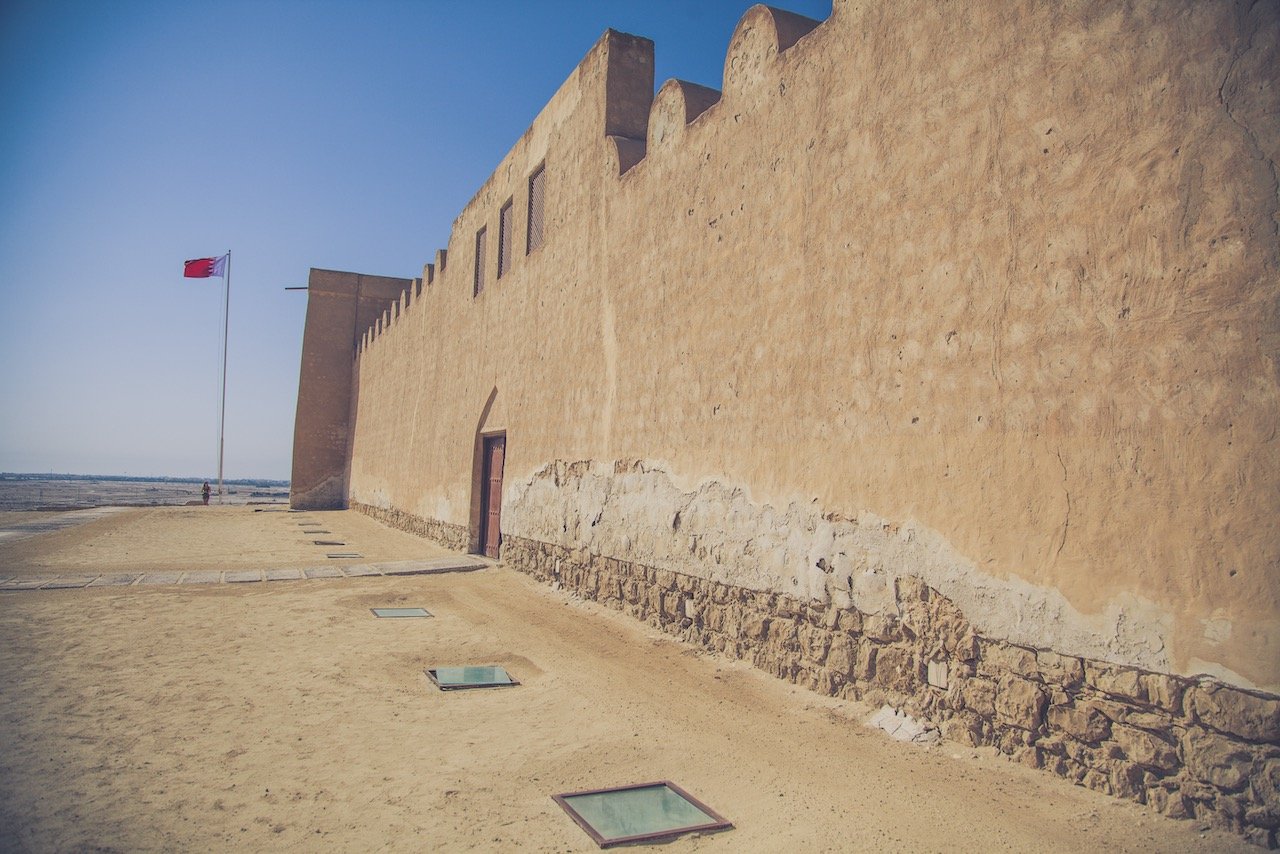
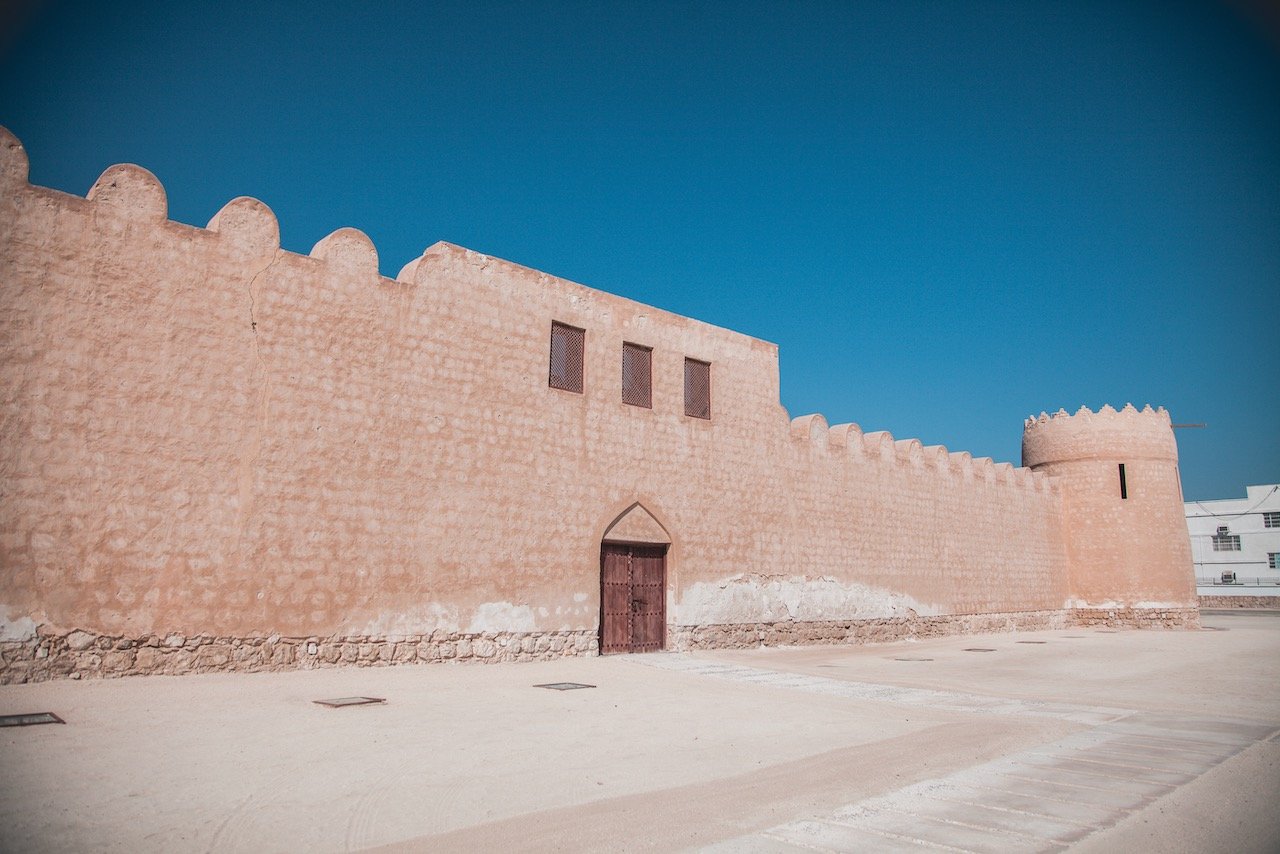
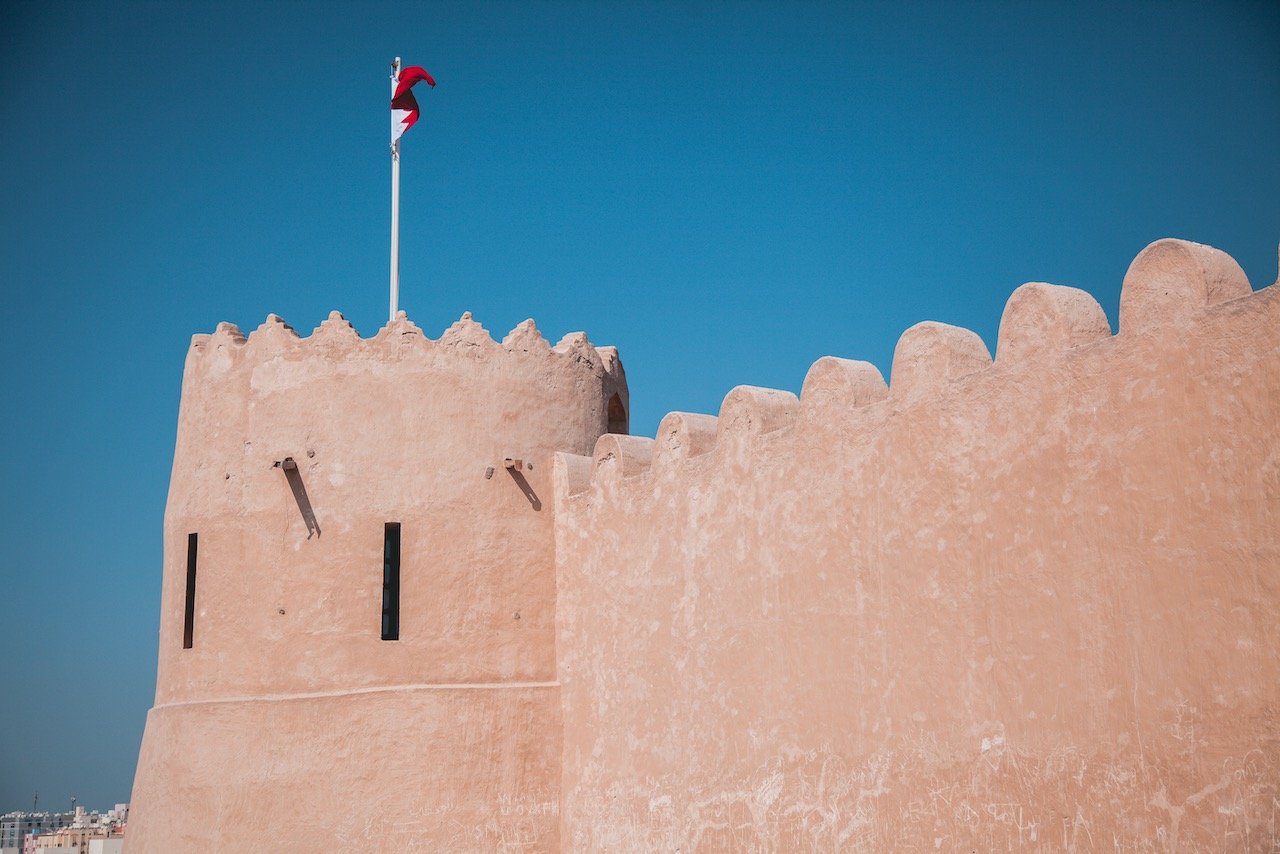
The Sheikh Salman bin Ahmed Fort (Riffa Fort or Qal'at ar-Rifa) is an archeological site that was the residence of Sheikh Salman bin Ahmed Al Fateh Al Khalifa in 1812. Future ruler Sheikh Isa bin Ali Al Khalifa, who ruled from 1869 to 1932, was also born in Riffa fort.
The site sits atop the Hunanaiya valley and was being restored at the time of our visit. It seems as though the interior was closed to visitors at the top with plans to re-open after restoration works are completed.
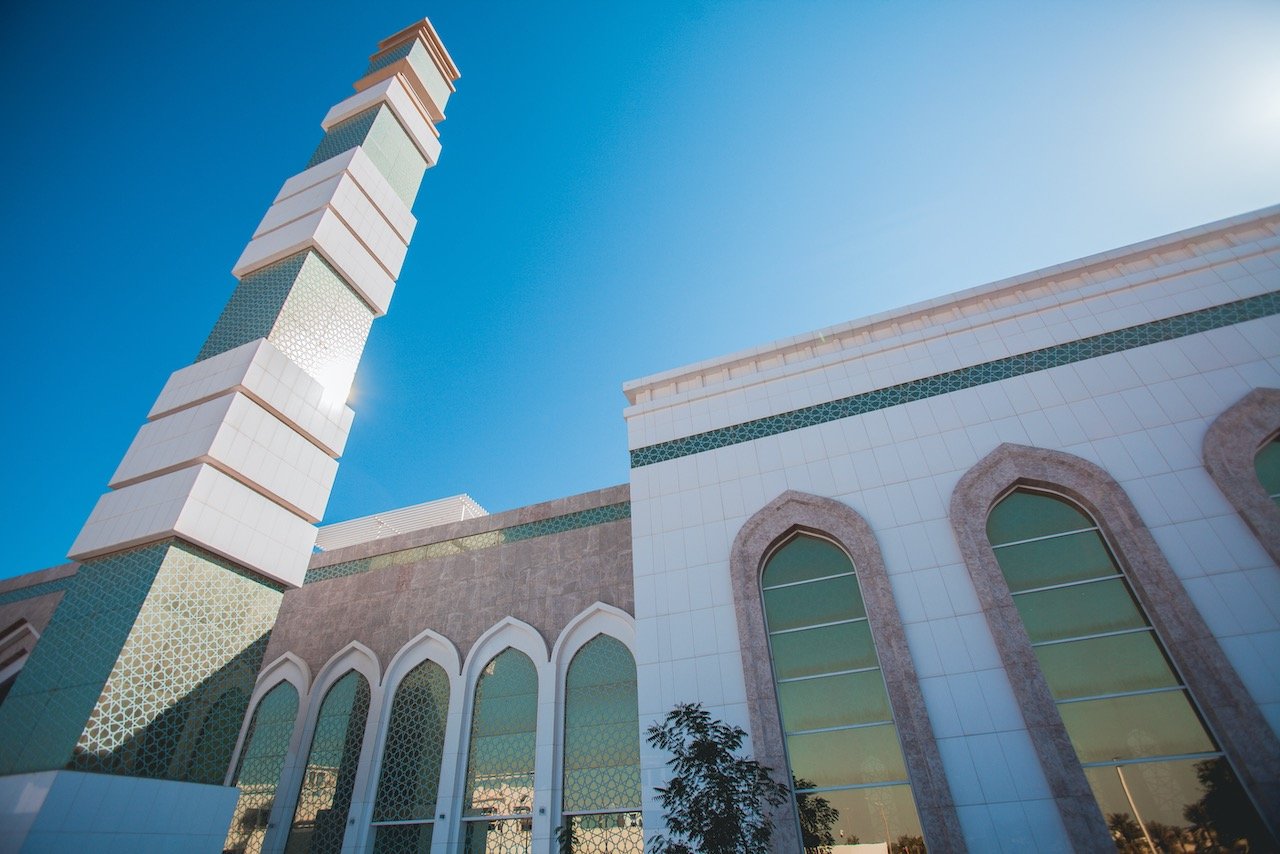
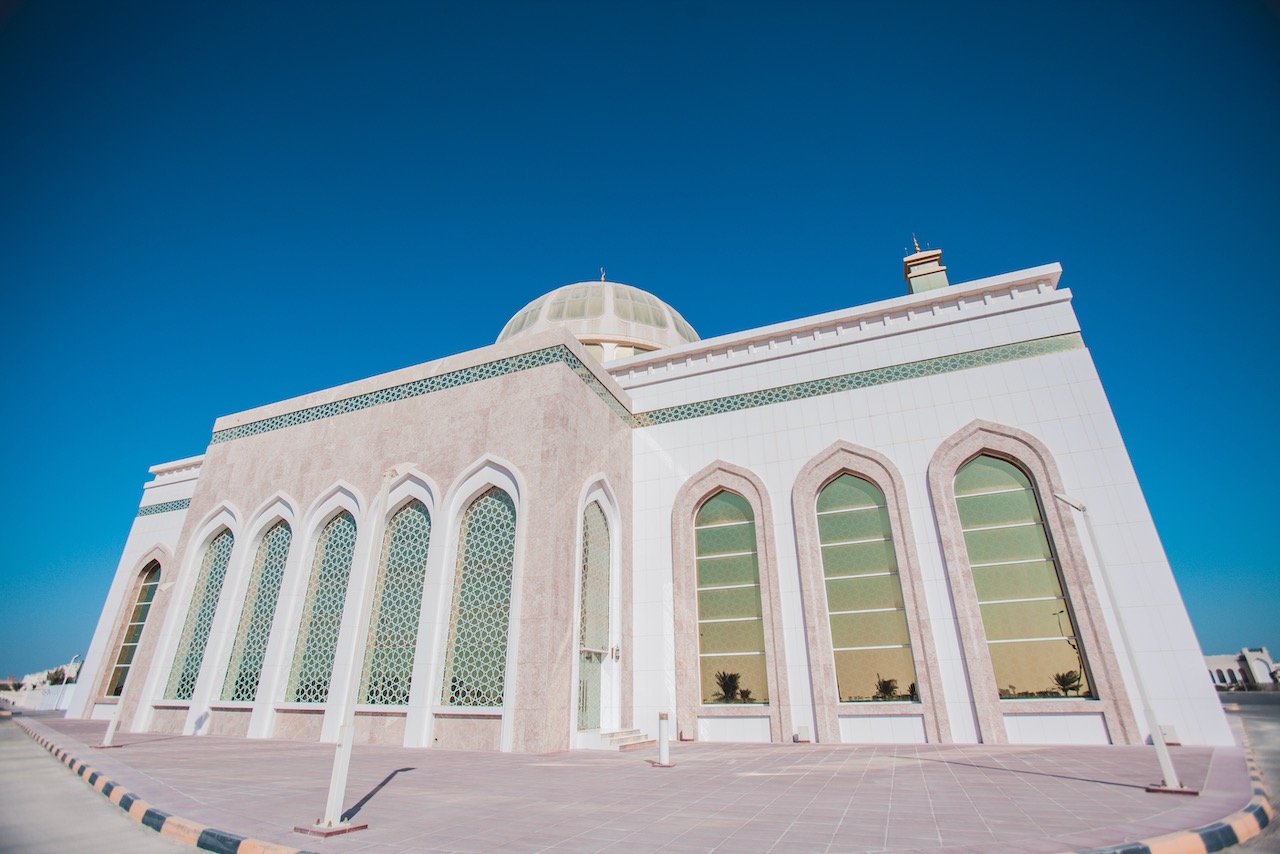
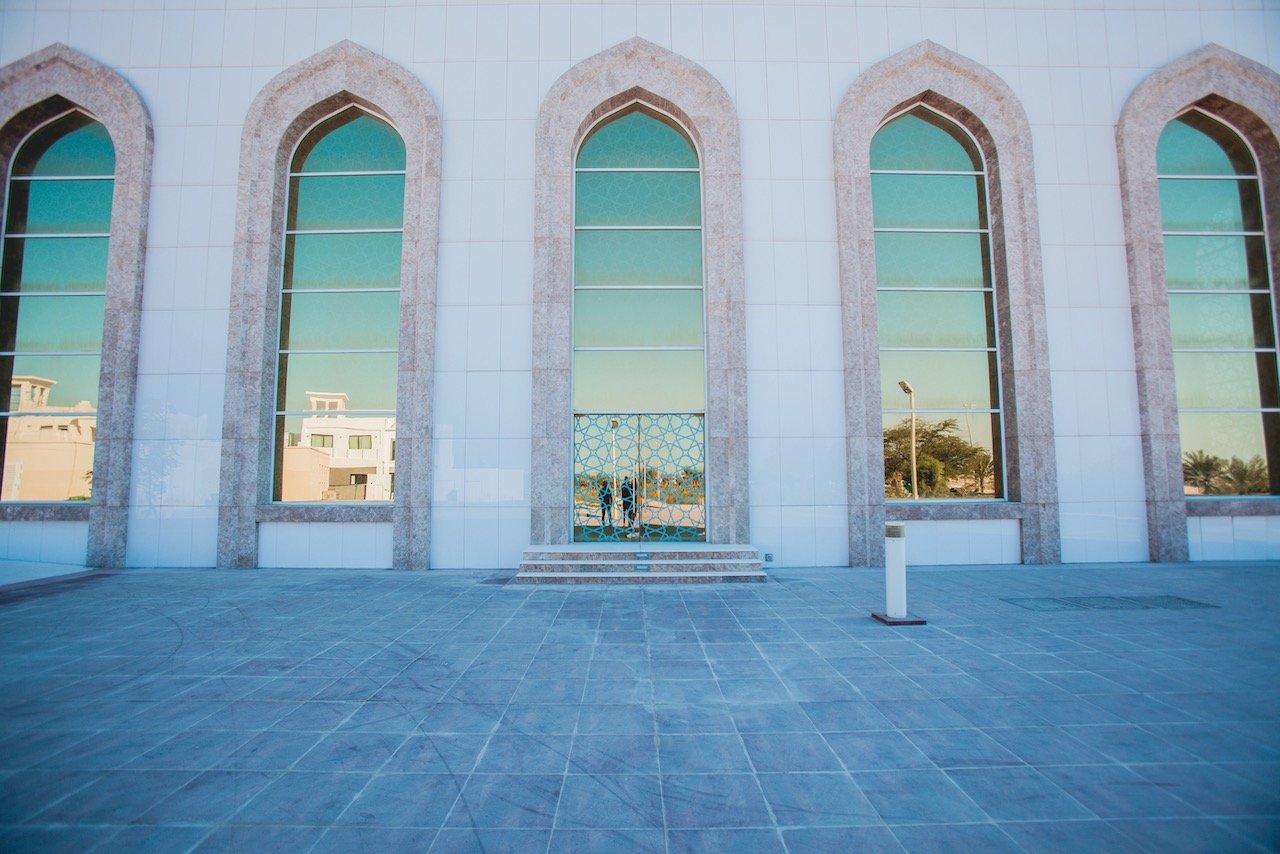
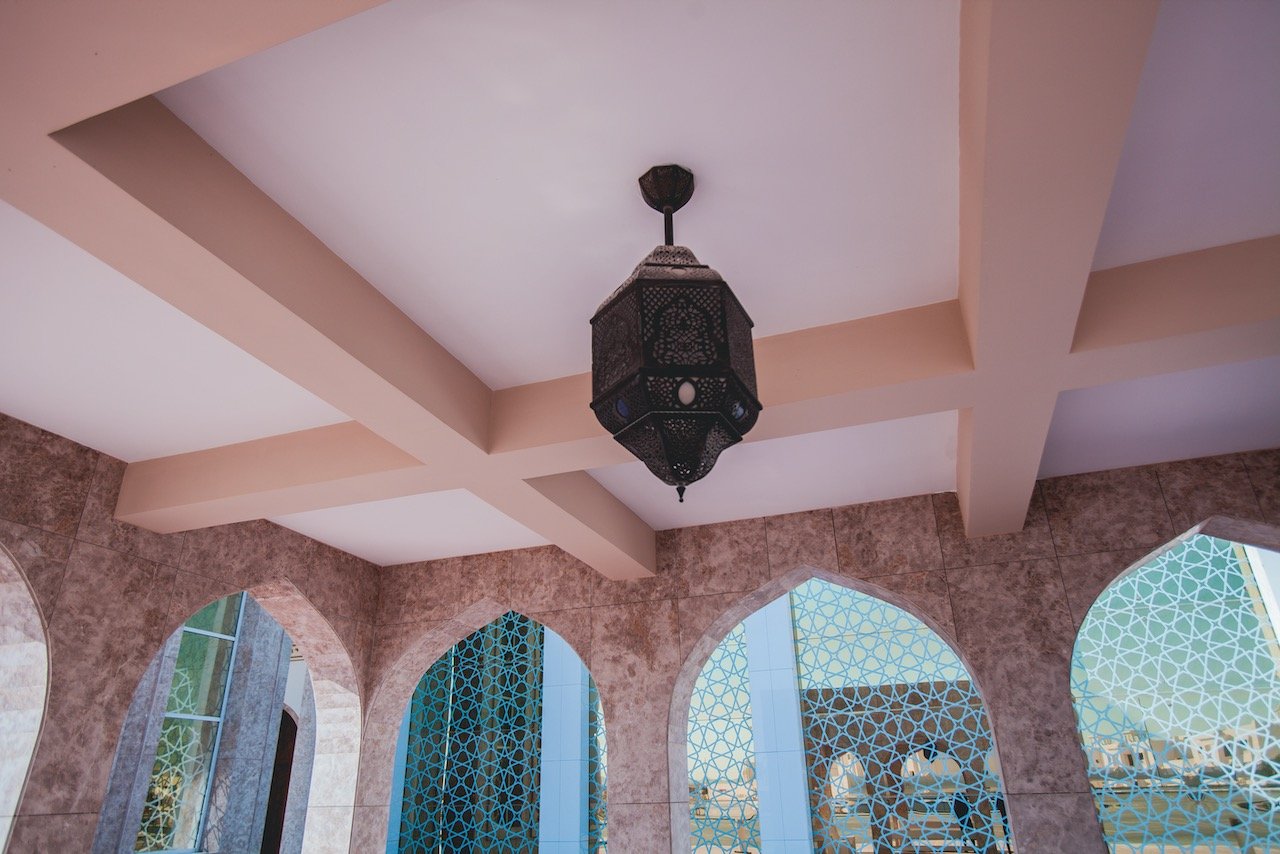
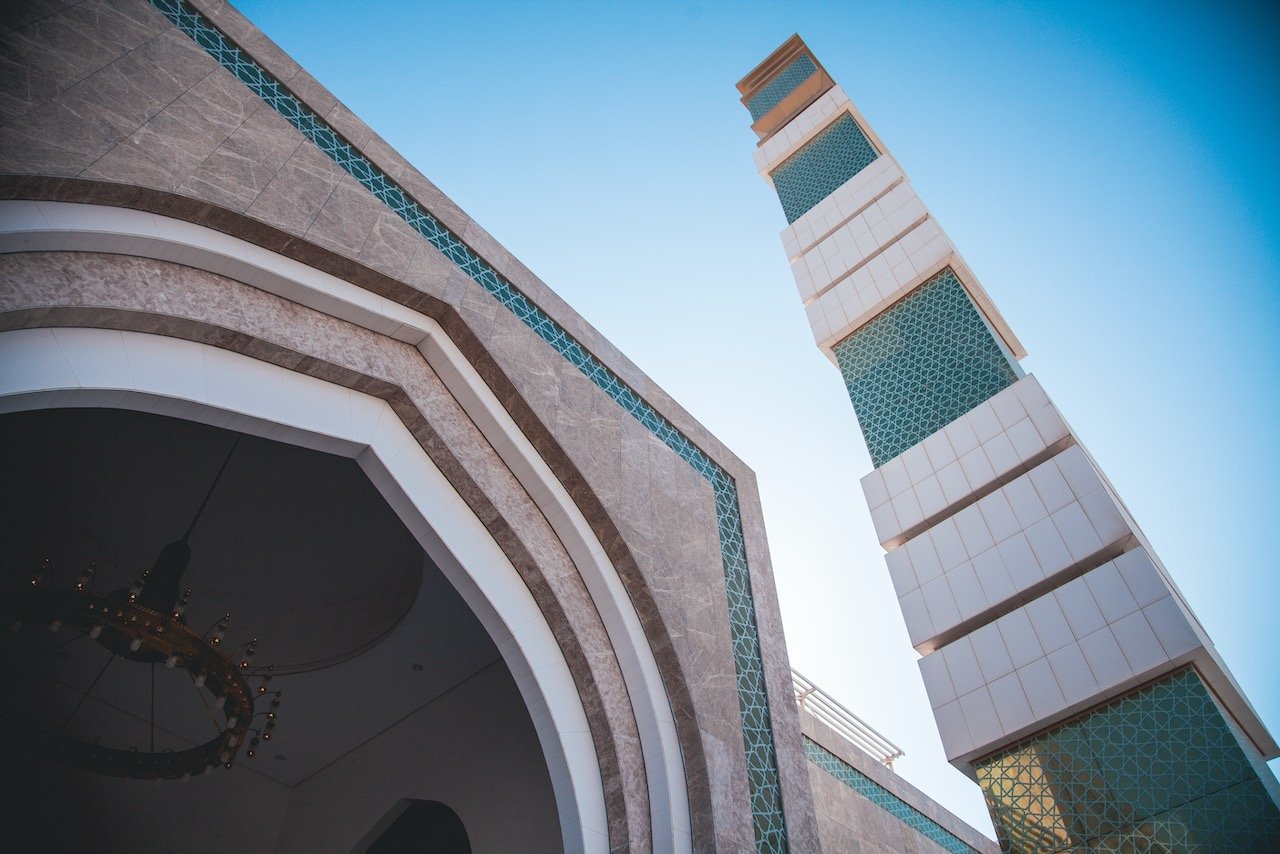
For a country like Bahrain, there are mosques aplenty, however one that struck my eye had to be the Salman bin Hamad Mosque, located in Awali, Bahrain. I really liked the green/yellow facade on its exterior. I thought it was a more unique looking mosque than the ones I have usually seen in places like Turkey and Jordan.
As a non-Muslim and given the COVID situation, I was doubly not allowed to enter the building, however the outside was just as charming.
